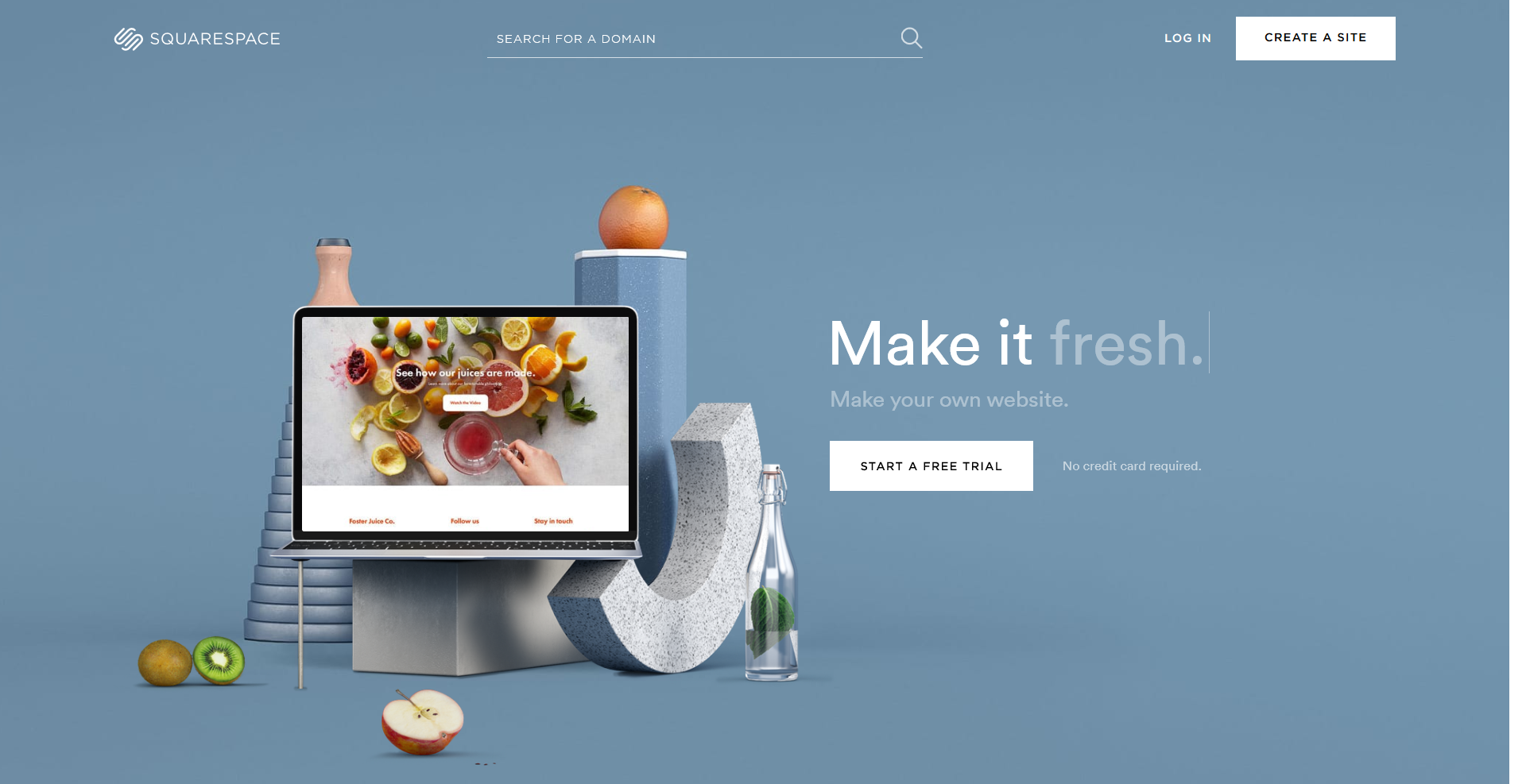
If you’re considering a website redesign, it is worth carefully considering the elements you’d like to include on your homepage. As the first page a user will visit, your homepage should give your audience a lasting first impression and successfully retain their interest. Not only this, but a well-structured website will support user experience which will encourage your visitors to navigate beyond the homepage. Additionally, structuring your homepage efficiently can help with SEO. Google will be able to index your site quicker if the most important information is foregrounded.
Below is our guide on the anatomy of a homepage:
header:
The header should be pretty much at the top of the page and have several elements to maximize efficient user experience. This should include a menu that supports easy navigation and could have elements relative to your product or service such as a search bar or shopping basket icon. The easier your navigation is to understand, the less your bounce rate will be. The most important aspects of your website should be simple to find to ensure your audience does not lose interest and leave.
A crucial aspect of the header is your logo. Including your logo will make sure your website is clearly identifiable as part of your brand to anyone who visits your site.
hero:
The hero of your website needs to be the most impactful aspect of the website as the part that your audience sees first. Some basic rules can help make sure you maximize the potential of your hero and grab your audiences interest. According to UV Designs, the cone principle can dramatically improve your site’s impact on reader retention. In terms of the hero, following the cone principle means that broader information is included at the top of your site. Rather than relying on larger sections of text, your hero should include your value proposition as a header and information about your business as a subheader. In fact, According to Hubspot a homepage should tell the audience what the website is about or has to offer within three seconds.
Ideally, you need to consider the fold within web design and ensure you have summarised your products or service before this point so users don’t have to scroll. Having to search for key information will no doubt increase your bounce rate. It is also worth including your call to action within your hero section. Having this readily available to your audience will increase your conversion rates as you are making your user’s experience as simple as possible.
Additionally, users tend to prefer visually based heroes. This can be an impactful method of translating what your business or service is, without relying on heavy text. Using imagery can be quicker and therefore more efficient at telling your audience what your specialty is.
featured products/services:
The next section should be dedicated to your products or services. Demonstrating clearly to your audience what you have to offer will spark interest and encourage them to read further. Summarising your products and highlighting benefits is important, however, don’t reveal too much information on your homepage. The user should be able to explore themselves in order to find out more, so it is definitely worth including a call to action and an internal link.
Metropolitan House effectively summarises the benefits of their service directly under the hero. Using a bullet point list, they outline why their service would be an ideal choice for their customers. Having this information on their homepage means that their users are able to quickly assess whether their service is for them.
other sections:
The other sections you include on your website generally depend on your product or service. This could be an about us section, testimonials, reviews or contact section. It is worth considering which would be the most valuable information to your audience.
footer:
The footer is the last aspect of your homepage. Generally, this includes your call to action, contact information, and repeated links. This information is beneficial for user experience so user’s do not need to scroll back to the top to find important information. Your logo should also be included in your footer to support brand recognition and tie your whole web page together.
rest of your website:
Often, after designing the homepage the rest of the website should be a lot easier. A good idea is to use the structure of your hero when designing additional pages such as information pages or contact information, with some variation. The homepage can provide a loose guide and the following suit can make sure your site is consistent across the board.
final thoughts:
Your homepage is the section of your website that often receives the most traffic. It is crucial that your homepage is designed and structured well to reflect your brand values and support your audiences user experience. Whereas some aspects of the structure are interchangeable, the guide we have outlined is a reliable method of ensuring you build a successful website.
